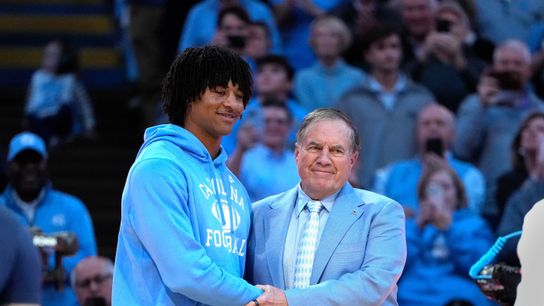Success in football, like life, requires anticipating market trends and then moving accordingly. What separates Bill Belichick from his peers is his unparalleled ability not only to anticipate changing schematic trends, but to then translate them into winning personnel moves.
As he explains in this answer, taken from Alex Kirby's compilation The Big Book of Belichickand placed on Twitter by James Light, the Patriots' early-years success was driven by the fact that they were one of the few NFL teams at the time running the 3-4. And because they were one of the few teams running the 3-4, New England faced very little competition for the best nose guards on the market and they had their choice of outside linebackers -- guys who may not have been rangy and/or big enough to play outside linebacker or defensive end in a 4-3 but were perfect edge fits in the 3-4.
In other words, Belichick was playing Moneyball before the term was ever coined.
Moving into the present, nearly everyone plays five defensive backs at a time, and so the Patriots play more two-receiver sets than just about anybody.
Belichick (obviously) operates in a highly-regulated system where his access to players are limited by draft positioning and the salary cap. That's not analogous to college and high school football, but every coach in every sport operates under the universal truth that players come and go, and Belichick believes a coach is better off molding his system to his players instead of the opposite.
"It's something you have to figure out where you can get the players to play in your system," Belichick says. "Sometimes you just can't get them so either you have to change your system or modify it to play with lesser players if you want to maintain (your) system."
